Tina Brown: ‘Nobody is remotely real around royals’
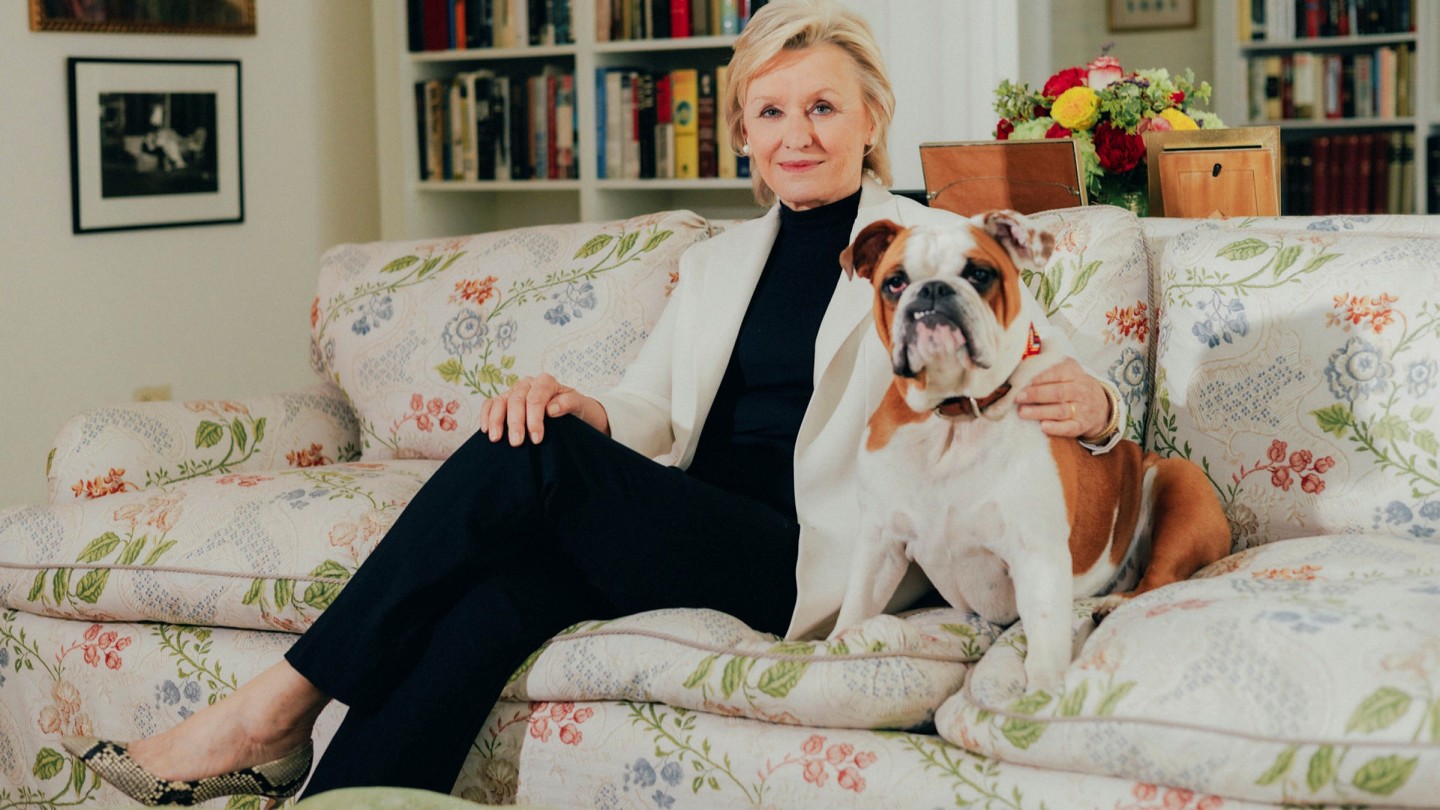
Roula Khalaf, Editor of the FT, selects her favourite stories in this weekly newsletter.
Beekman Place, Tina Brown explains, is not cool New York; it’s old New York. “All the cool people want to be downtown but I love this corner. It feels like a corner of, I don’t know, Pimlico or Paris.”
The quiet two-block stretch of uniformed doormen and minor consulates, set back from the East River just north of the UN building, was once home to Irving Berlin, Rex Harrison and Gloria Vanderbilt, she notes, and it instantly appealed to the European in her when she discovered it.
There was a time when Brown was new New York: it’s captured on her apartment wall, in fact, in a framed magazine cover from the first edition of The New Yorker she edited in 1992, which shows a punk slouched in a horse-drawn carriage being driven through Central Park.
She commissioned the cartoon as “a joke with the readers”, but the British blow-in dubbed “parvenu royalty” by one sniffy biographer two decades ago has long since been secure in her position among the city’s media aristocracy. For much of the past three years, she has also been at her desk in Beekman Place, preoccupied with real royals.
The Palace Papers, the resulting book, is a sharp-nibbed observation of a generation of tumult for the House of Windsor, bookended by the deaths of Princess Diana and Prince Philip. It’s a story about media as much as monarchy, and it draws from almost every chapter in Brown’s career in journalism, from editing Tatler at 25 through Vanity Fair, The New Yorker, the shortlived Talk magazine, the digital Daily Beast and the onstage platform Women in the World.
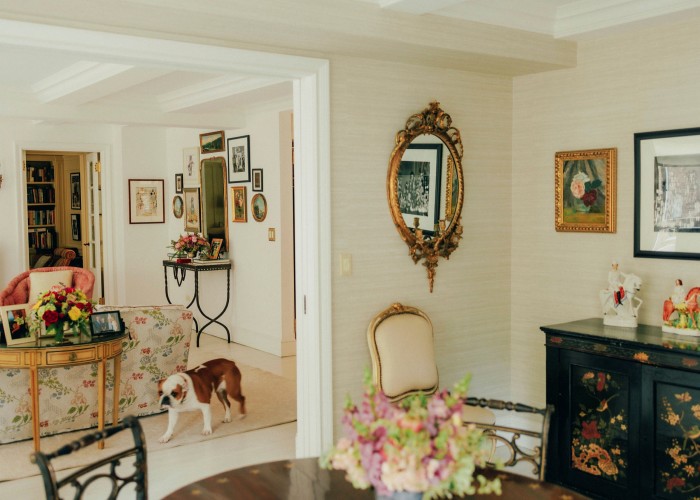
She has lived with her royal “characters” for years, having written an earlier book on Diana, but The Palace Papers “might not have been this book 10 years before”, she says. The passing of time has given her more empathy “for people who have to bear the burdens of heritage”, she explains.
“I think losing Harry has made me much more contemplative,” she adds, sitting at a round wooden dining table that is inlaid with a ring of all-American gold stars.
“Harry” is Sir Harold Evans, the fearless former Sunday Times editor who was Brown’s husband from 1981 until his death in September 2020 at the age of 92. Together, they were a magnetic couple — “a Catherine wheel” sparking with passionate energy and ideas, in Brown’s image — and the parties they hosted at their successive New York homes were legendary.
Brown’s parents worked in the British film industry and would do “hilarious mixing” at their parties, inviting Rebecca West at the same time as Benny Hill, she recalls. Ever since, she says, she has loved the energy created by mixing people who would normally never meet.
She and Evans collected authors, statesmen, executives and activists like they collected the books on their crowded shelves, sharing their infectious curiosity with the city’s intelligentsia in witty cocktail party speeches and passionate dinner-table debates.
With guests ranging from Tony Blair to Angelina Jolie, their events became the closest thing New York had to a Washington political salon. But “there’s a great Harry-shaped void in my life”, Brown says, and she has done no entertaining for two years.
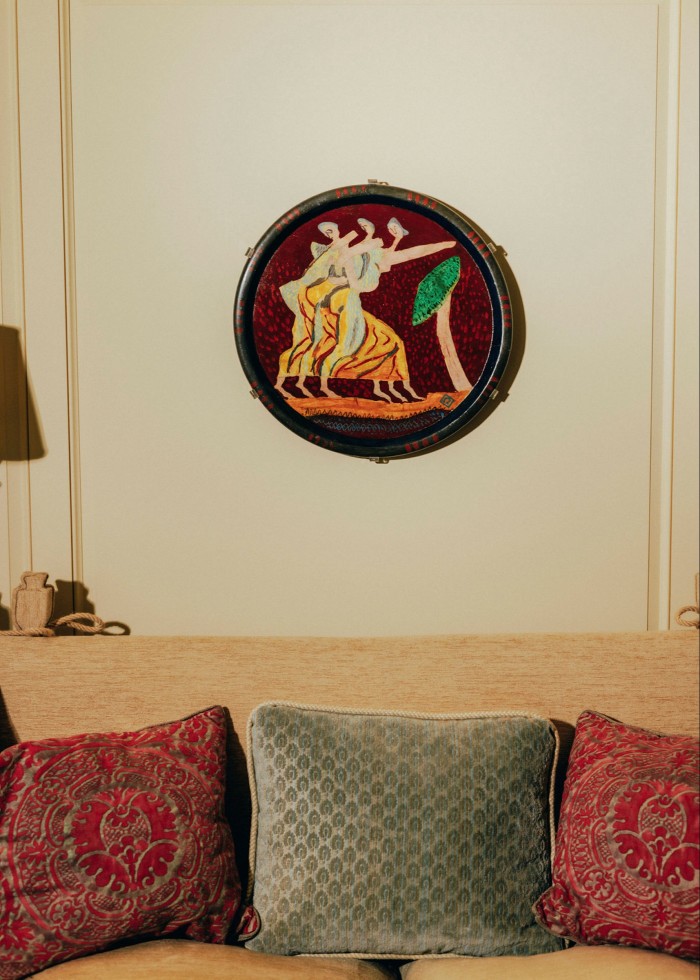
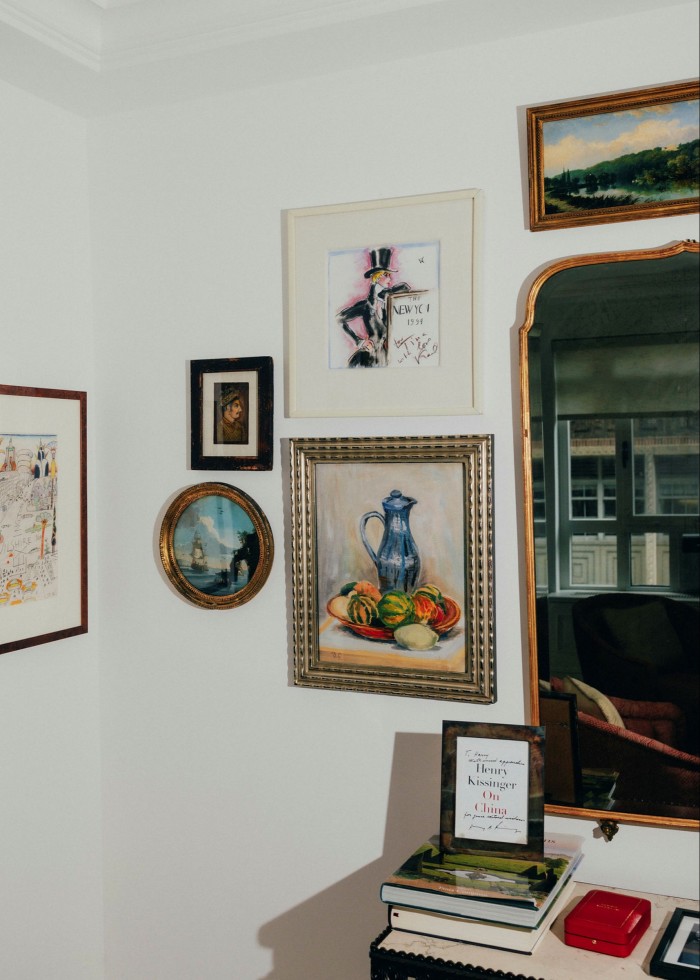
“I have become pretty reclusive,” she admits. “I’m not a highly social person . . . I mean, I love bringing people together. I love hosting. But do I love going out every night for dinner with somebody? No, not at all. Never did . . . I’m happy with my books and my Netflix and my bulldog.” Her children bought her the puppy (named Gimli after the dwarf in The Lord of the Rings) after Evans died, and the dog quickly became “my obsession”.
That said, she wants her book launch later this month to mark her re-emergence. “I want to party like it’s 1997,” she laughs. She has resolved to spend more time at literary festivals, to combine travel with her love of writers, publishers and editors. Having hosted so many of them, she has missed book parties.
“We kind of complain about going to them but actually you get in there and you collide with all sorts of people you forgot about,” she says. “You’re not looking to have a Zoom with them; you just want to kind of run into them. I miss running into people.”
The dinners in her apartment will soon start up again, she predicts, but will be smaller than before. The flat itself is smaller than the five-bedroom triplex on nearby 57th Street from which they downsized in 2016 as Evans was finding stairs harder to navigate.
Bought for a reported $2.35mn, it is a 2,200 sq ft co-op in an early 1930s property designed by Rosario Candela, the Sicilian immigrant who produced some of Fifth Avenue and Park Avenue’s most elegant apartment buildings. The interior — with separate studies for Brown and Evans but open enough for a good-sized cocktail party — is a distillation of their transatlantic careers and enthusiasms. The first things that catch the visitor’s eye are the shelves of leather-bound magazines, capturing decades of the couple’s journalistic output.
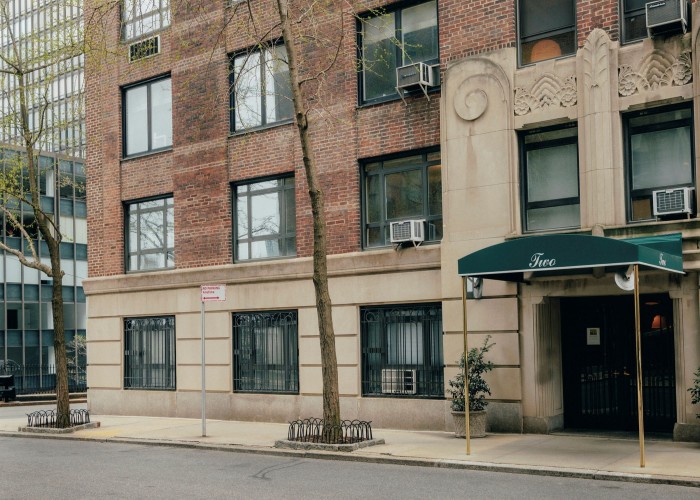
“The other day I was looking at some of the Vanity Fairs from 1989,” Brown says. “The visuals were so glorious, and so tight. And then the pieces were so strong, and they were so tightly edited by this wonderful team that I had.” But the self-described magazine addict says she stopped buying their printed versions at least a decade ago, around the time she was put in charge of Newsweek and was concluding that its newsstand edition’s days were numbered.
As she walks me through the apartment, it becomes clear that much of the art is not old New York but old London: oil paintings by Duncan Grant and other members of the early 20th-century Bloomsbury set.
“I am a very big Omega Workshops Bloomsbury junkie,” Brown admits, referring to the design studio where the likes of Grant, Vanessa Bell and Roger Fry made and sold much of their work. “I love Charleston [Grant and Bell’s home], I love Virginia Woolf and I’m just an addict of that particular literary period.”
When she was editing The New Yorker, Brown began making regular trips to the Bloomsbury Workshops gallery in London, bringing back items in her suitcase. Her favourite is a tray painted by Grant, which belonged to Mary Hutchinson, mistress of the art critic Clive Bell. Hutchinson, in turn, gave it to her son Jeremy, the barrister who defended Penguin in 1960 against obscenity charges over the publication of Lady Chatterley’s Lover.
The tray captures a fascination with artists, sex, history, publishing and intrigue that is on display on every other wall: cartoons and sketches by the people who lit up her magazines’ pages, from Art Spiegelman to Cecil Beaton; a Karl Lagerfeld sketch of her as Eustace Tilley, The New Yorker’s dandy mascot; and a shot of one toff pushing another into a pond by Dafydd Jones, whose Thatcher-era images of debutante debauchery helped her rid Tatler of its reputation for starchy coverage of “upper-class people with their upper-class rictus and glasses of warm sherry”.
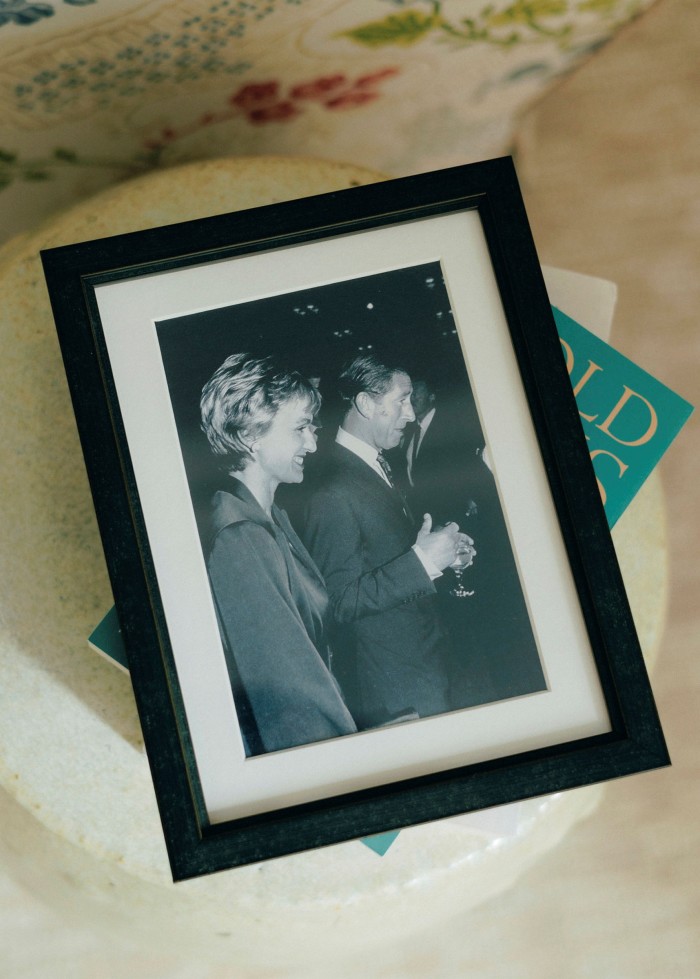
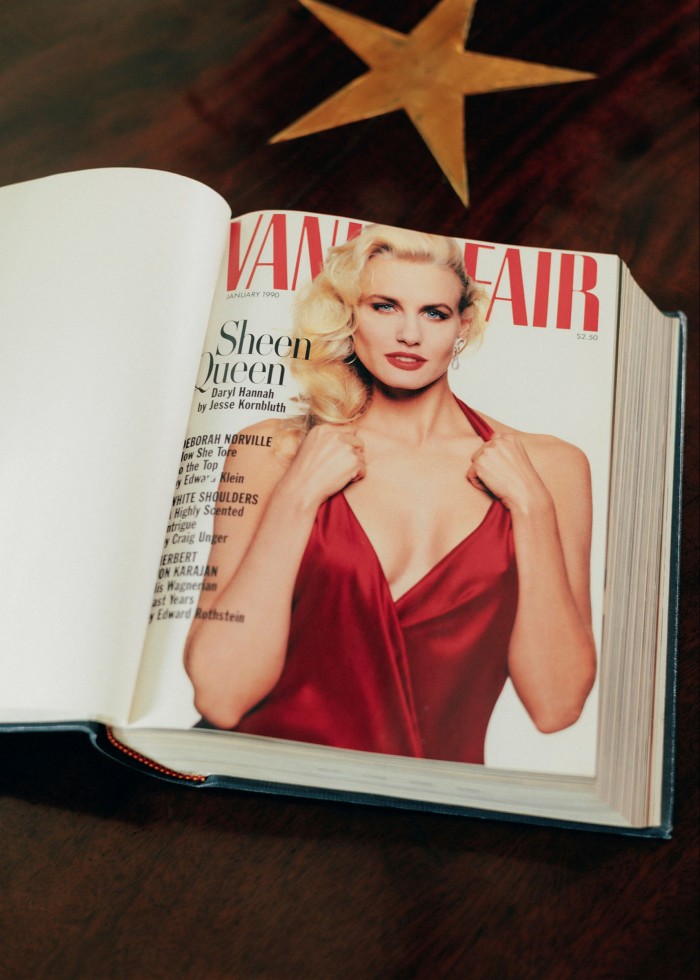
There are shelves of memoirs (Brown published her own Vanity Fair Diaries in 2017), striking portraits by Horst P Horst and Annie Leibovitz, a Jacques Henri Lartigue photograph given to her by Evans and countless snaps of Tina and Harry with the great and the good, from Obama to Malala.
“That’s John McCain, whom I absolutely adored . . . Meryl Streep there and Hillary [Clinton] and Madeleine [Albright]” . She already misses the late secretary of state: “She was such a kind of wonderful girls’ girl, you know? She was such a fun, sort of cosy gossip.”
One of the black-and-whites is a paparazzo’s shot of Brown escorting a bow-tied Prince Charles around an event in Los Angeles. As she introduced the heir to the throne to Hollywood’s version of royalty ( “Your Royal Highness, this is Mr Oliver Stone”) she suddenly understood that “nobody is remotely real around royals”.
They live, she contends, in “the definition of a bubble. [They] will never hear anything from anybody that isn’t deferential, which is why it’s so critical to have some iconoclasts around.”
Perhaps that explains why the interviews successive royals have done with less deferential television anchors have backfired so badly. Diana’s confessional with Martin Bashir, Andrew’s Newsnight interview with Emily Maitlis and Harry and Meghan’s decision to “let rip” to Oprah Winfrey were all “absolutely catastrophic”, she observes.
The Duke of Edinburgh performed an underrated service as “the only iconoclastic voice” who could tell the Queen the truth, she argues, adding that she thinks Prince William has suffered from not having his brother Harry around to tell him to “come off it” occasionally.
The Duchess of Cornwall serves that purpose for the Prince of Wales, she says, adding that her empathy for the future king and her admiration for his consort deepened as she rewrote the story of their relationship.
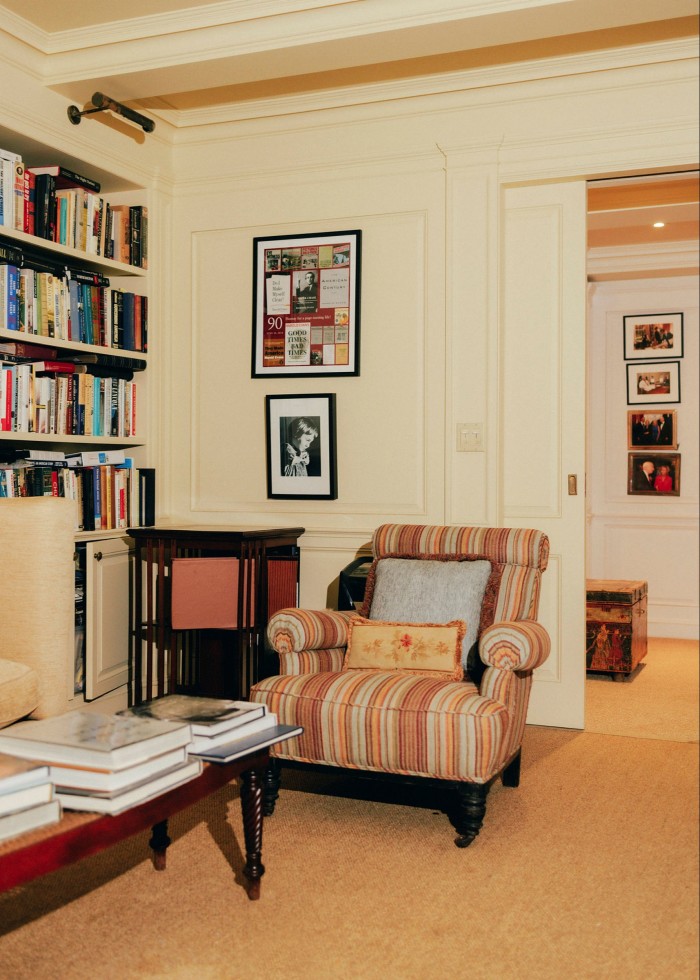
The Queen has built her mystique around saying nothing, she notes approvingly, even though she questions whether subsequent generations can do the same.
“I have actually come to love those characters,” she admits. Well, maybe not all of them: her book dismisses Prince Andrew as “a coroneted sleaze machine”. It is one of many sharp turns of phrase in a page-turner informed by more than 120 interviews with people in the royal orbit.
FTWeekend Festival: US edition
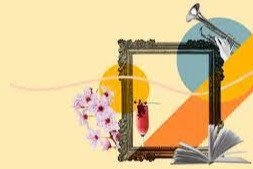
Watch Tina Brown in conversation with Simon Schama and Jo Ellison at the FT Weekend festival in Washington DC on May 7.
Find more information on the programme and how to book tickets here.
“Camilla has always been sexual and emotional comfort food for the Prince of Wales,” she writes. Harry is “a Flashman prince who rarely cracked a book”. Meghan, meanwhile, is a minor actress who finds herself “married to the fifth spare to the heir with the knowledge that royal pressure had no expiration date”.
Few books do a better job of illuminating the toxic interplay between the monarchy and the tabloid media, but aren’t the royals a rather frivolous subject for a serious journalist?
Brown has been happily mingling high culture with low gossip — “the high low thing”, she calls it now — since the very idea used to appal more pompous members of the media establishment. But, she says, there is nothing trivial about writing about the Windsors. “I think that they are critical to understanding a nation,” she says. She has high hopes for Charles as a well-prepared, modernising king, but she still predicts that the end of the Queen’s reign will bring on “a massive identity crisis for the UK”.
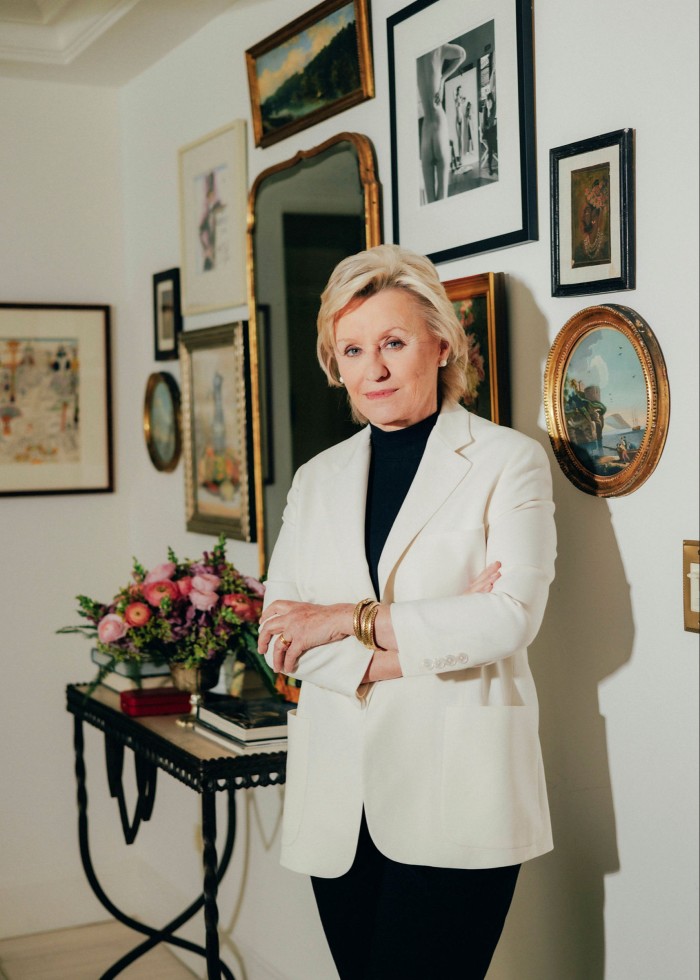
As someone who styles herself “a transatlanticker” able to translate one country for the other she is facing something of an identity crisis herself.
When Evans died, she “couldn’t stand to be here”, surrounded by memories of their life together. She decamped with her children for a “healing” few months in Santa Monica, but found California was too far from the action. “I’m such a news junkie, and you definitely feel more remote from the news in LA.”
Returning to New York, though, she found the city romanticised on her walls to be “quite changed”. The pandemic chased some residents away, left others worrying about rising crime rates and caused several of Brown’s favourite shops to close. “There’s a kind of air that has gone out of the balloon,” she says.
Her romance with Evans ran in parallel with her romance with the city in which they shone, and she has been asking herself whether she is still in love with New York. “It’s ready to be rekindled,” she says, but she has also been thinking of spending more time — maybe six months, maybe a year — in London, which she suspects might have “more brio”.
“It could just simply be that as a new widow I have to try and rethink an adventure for myself,” she says. A few days later, though, she emails to say that she may still love New York after all. Having been to a screening of the new film about the Russian opposition leader Alexei Navalny, she says: “I felt the old cultural buzz again!”
My favourite thing
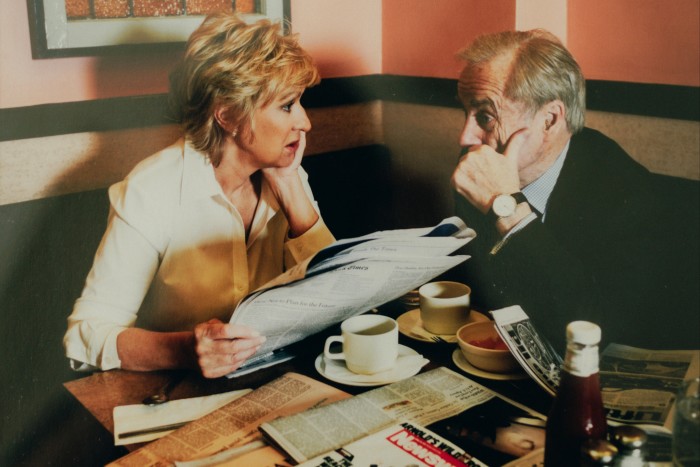
“This to me sums up our relationship,” Brown says, pointing out a framed picture from a decade ago. She and Evans are at their favourite diner — Sutton Cafe — with newspapers and magazines strewn between the morning coffee mugs and the mandatory ketchup bottle, and they are deep in discussion about the day’s stories.
“It was about 2012, I think,” Brown says. “Every single morning, as soon as the kids were no longer young and we were on our own finally, we would go to the Sutton diner and we would just devour breakfast and the papers.”
The pandemic changed the diner’s opening hours, and Brown now frequents another café, where she goes through a smaller stack of papers — and no magazines — alone. “You know,” she says, “that’s when I miss Harry the most is breakfast.”
Andrew Edgecliffe-Johnson is the FT’s US business editor; “The Palace Papers” is published on April 26 (Century, £20)
Follow @FTProperty on Twitter or @ft_houseandhome on Instagram to find out about our latest stories first
Comments